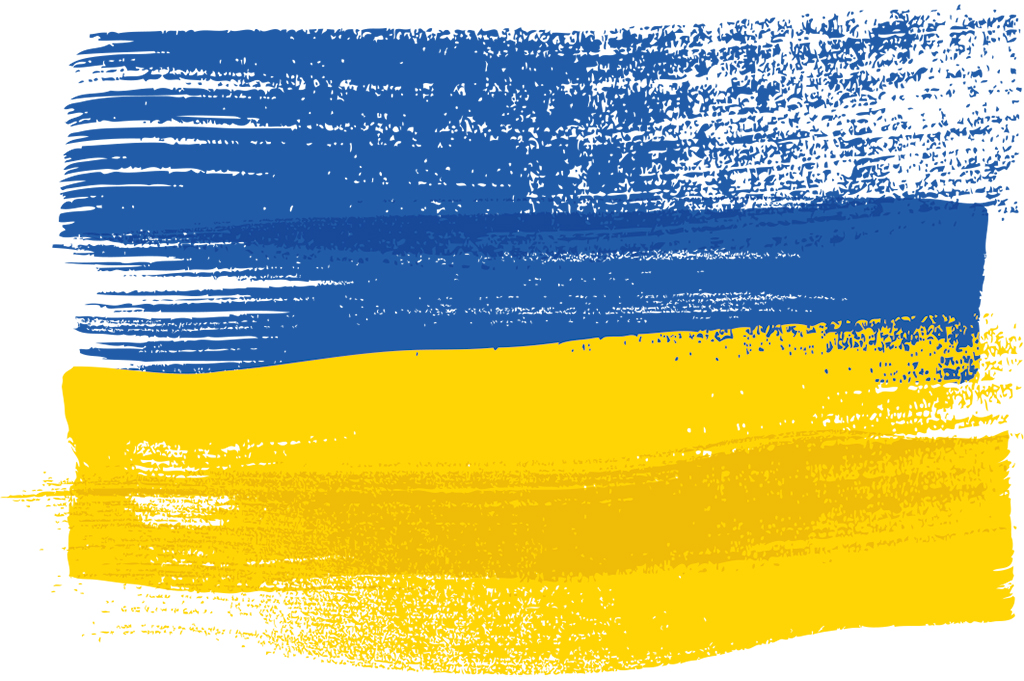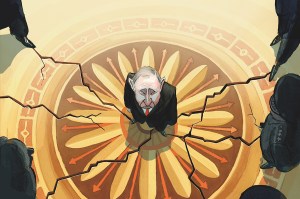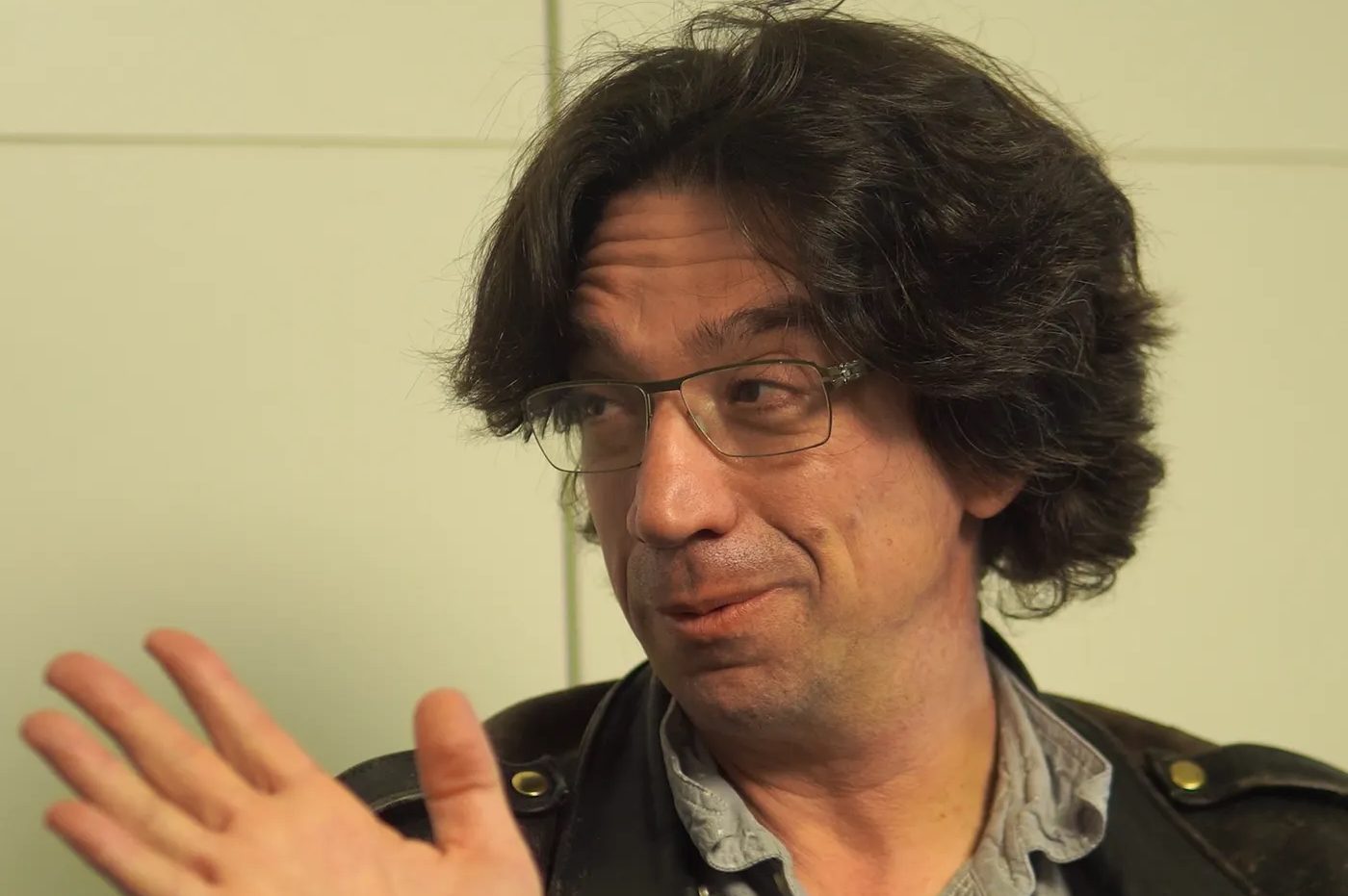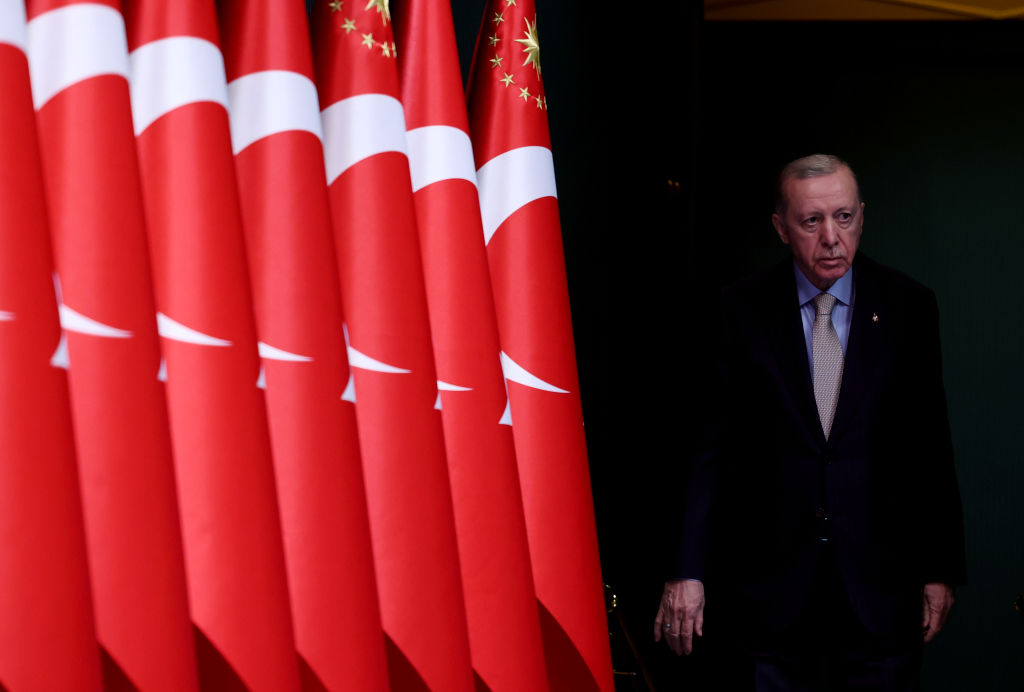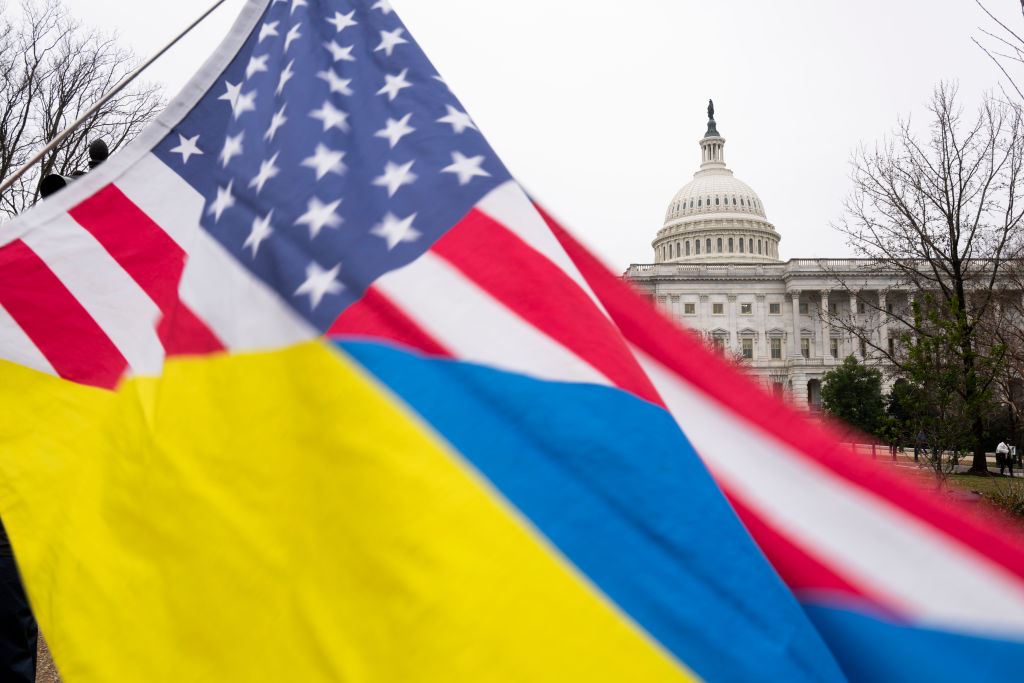Getting into Ukraine can be tricky, especially if you don’t speak Ukrainian or have a national television network paying your way. I recommend the latter: it seems slightly easier and they have hair and wardrobe budgets. I cross into Chop on a short train carrying a mix of old couples and young kids. When I get off I’m directed to a booth manned by soldiers, who ask my business. Journalist, I say. The guard asks for press credentials. The best I can do is a copy of the magazine, but reading The Spectator is apparently something he’s unwilling to do and I’m waved through immediately. Russian spies, take note.
I have two hours to kill before my train to Lviv, so I do what anyone would do — wander the blacked-out streets in search of a drink. There’s a café a block away, but I’m short of currency and they don’t take credit cards. Four soldiers are having a drink in the corner. One, sensing what’s happening, comes over and lays 200 hryvnia (about $5) on the bar to cover my drink. I feel bad: my first act in an invaded country is to have a soldier buy me a drink. Then again, a few days previous Biden announced the US is sending Ukraine thirty-one Abrams tanks. Does that mean we’re even? An overnight ride in a Soviet-era sleeping compartment gets me to Lviv before sunrise. The city has been left relatively unscathed. But the patina of normalcy betrays what’s happening just under the surface. I visit a volunteer operation producing homemade MREs to be delivered to the front lines. In a ramshackle little kitchen, vegetables are cut up, dried and packaged — just add hot water for a delicious borscht. Volunteers have also made hundreds of homemade protein bars. It’s a wonder of makeshift supply-chain management. From a room the size of a suburban garage, several hundred miles from the battlefield, thousands of front-line soldiers are fed each day.
I make it to Kyiv on the fourth day; so far, though my air raid app continues to squawk every few hours, there hasn’t been much activity. This is either a good or bad sign: locals tell me lulls usually don’t go this long. Life goes on in Kyiv. Even the casinos are open and strip clubs in full operation (I’m told), though the strict curfew surely has an adverse effect on business. A Ukrainian hipster overhears my American accent and asks when the new tanks will arrive. I happen upon captured Russian tanks in the city square, the spoils of war on display like twenty-first century heads on pikes.
Bucha and Borodianka, both about a thirty-minute drive, saw some of the worst fighting during the battle of Kyiv. Their forests are still fresh with signs of battle. Trenches are dug into the ground, barbed wire and sandbags create fortifications, trees are filled with bullets and split apart by explosions. It’s easy to visualize what went on here — guns blazing, grenades thrown, mortars launched, artillery fired. At the edge of Borodianka we see the first of dozens of crumbling buildings, completely destroyed, only the playground equipment a reminder of what was here. This is also where we see our first Banksy — the secretive artist was here just before me. I’m told I might be one of the first foreigners to see it; someone suggests that I could become famous if I’m the first to take a selfie. Banksy made three stencils in this town though one has already been stolen. We find the second Banksy in a much more precarious location and take my picture. Am I an influencer now?
Kharkiv, Ukraine’s second-largest city, is about nineteen miles from the Russian border. Last year, people in some of its outlying villages woke up on February 24 to Russian tanks rolling down their streets. Russians occupied portions of this region for six months before finally being pushed out. Burned, collapsing buildings are everywhere. During the worst of the shelling over 100,000 lived in the subways; many still refuse to leave them. People are slowly coming back after fleeing the bombardment; with every train that arrives at the station come teary reunions and long embraces. I meet a general on his way back to Bakhmut, where the battle is currently raging. Before the war, he ran a puppet theater for children. Asked what’s needed on the front lines, he responds: Starlinks, generators, drones and people. The Russians are 900 yards from his position.
The outlying villages are where the fighting occurred. Over 40,000 hectares of neighboring farmland are now considered unusable, they’re so thickly sown with land mines. Past the bread factory, past the destroyed milk factory, and through several military checkpoints, where we show credentials and offer “bribes” of cookies, we’re escorted to recently liberated villages. Stray dogs are everywhere, their previous owners killed or fled. In Staryi Saltiv, we happen upon a foot bridge that was once for cars, destroyed by the Ukrainians to stop the Russian advance. It traverses a manmade lake, frozen hard and dotted all over with dozens of ice-fishing shanties. It’s a beautiful sight; the snow falls in a white-out and it’s easy to see why this was a popular vacation spot. In wartime, the ice-fishing that was once a hobby has become essential. Closer to Kharkiv, the neighborhood of Saltivka is made up of tall apartment buildings that resemble tenement clusters in New York. Now, they’re mostly unlivable. This is the site of the first stand Ukrainian troops made to repel the oncoming Russian army, which came within a hundred yards. Some people still live in the ruined buildings, refusing to give ground.
This article was originally published in The Spectator’s March 2023 World edition.



